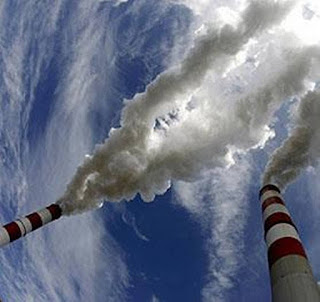The piece came in Down To Earth blogspot on February 5, 2019
Web link: https://www.downtoearth.org.in/blog/governance/democratic-regression-human-rights-and-sdgs-63118
Pradeep Baisakh
Web link: https://www.downtoearth.org.in/blog/governance/democratic-regression-human-rights-and-sdgs-63118
Pradeep Baisakh
Credit: Ritika Bohra/CSE
There is a new trend of “democratic regression” and the rise of strong-arm leaders with a sturdy pitch for polarising politics across the world, suggests a recent report by Civicus, a global civil society alliance. The irony is that many of them have risen to power in established democracies through free and fair elections. In such a situation, what will be the state of human rights while implementing the Sustainable Development Goals (SDGs)?
The framework of Agenda 2030, popularly known as the SDGs, which was adopted by the United Nations in 2015, has brought in several provisions of human rights as enshrined in various international human rights instruments. For example, Goal 1 of Agenda 2030, which aims at ending extreme poverty by 2030, relates to the right to an adequate standard of living cherished in the Universal Declaration of Human Rights (UDHR) of the United Nations. Goal 10, which aims at reducing inequality, relates to the right to equality and non-discrimination of UDHR.
Such correlation can be found in all the 17 SDGs, with other instruments like the International Covenant on Civil and Political Rights, Convention on the Rights of the Child, Declaration of Elimination of Violence against Women, Declaration on the Rights of Indigenous Peoples and the like. One can also find ample congruence between the SDGs and the Fundamental Rights and Directive Principles of State Policy of the Indian Constitution.
While the SDG framework has encompassed socio-economic, cultural and environmental rights, it somehow misses out on the core political rights of people. For example, it only faintly mentions about the need for democracy and fundamental freedoms, and does not discuss civil liberties, free expression and the free press.
The fear that countries could well claim to implement the SDGs while ignoring human rights is very real now. Democracies like the United States, Brazil, and India have witnessed the election of leaders with radical views, which has had debilitating consequences on human rights. The situation in several authoritarian regimes in the world can well be imagined.
On an average, four land and environmental defenders were killed in a week in 2017, reveals Global Witness, a global alliance on the protection of environment and human rights. In countries like Denmark and Italy, political parties are fueling division against minorities. Democracy is suppressed in the name of security in Egypt and Ethiopia. We regularly hear about different forms of human rights violations from countries like the Philippines, Thailand and Cambodia. The crises of the Rohingya in Myanmar and Syrians in West Asia and Europe hit headlines regularly despite the promise of international cooperation for the safety of refugees in SDGs.
The situation in India is no better. The ongoing religious intolerance is an antithesis to SDG 16, which promises a peaceful society and provision of access to justice for all. The constant obstruction of some fringe groups and workers of a particular political party to the implementation of the Supreme Court order permitting entry of women to the Sabarimala temple in Kerala is in contrast to the promise of gender equality made under Goal 5. It goes without saying that the government is primarily responsible to work towards achieving the SDGs no matter who violates it. And the reported hunger-related deaths of people in states like Jharkhand and Odisha counters the promises made in Goal 2 to end hunger and ensure food security.
Private sector and SDGs
SDG implementation might need $5-$7 trillion annually and developing countries are facing a shortfall of $2.5 trillion, according to the United Nations Conference on Trade and Development (UNCTAD). The private sector is therefore being encouraged to play a greater role in SDG implementation to bridge the resource gap. At the 73rd UN General Assembly in September 2018 in New York City, The United Nations Development Programme launched “SDG Impact”, an initiative to promote private sector investment in SDGs.
While this is well-placed in the spirit of multi-stakeholder involvement in the SDGs, doubts remain about the colour of private investors, given the records of rights violation and environmental damage caused by them. The transparency of such investments is a pre-condition to ensure that they are truly for sustainable development. The governments should mandatorily report about it in the UN High Level Political Forum and in the Parliaments or Legislatures.
While the governments ought do a lot more to synchronise human rights with sustainable development goals, civil society has a strong role in pushing for it by creating popular pressure through media and mass actions and advocating with the governments.
The author is the Asia Coordinator of GCAP, a global campaign fighting against inequality and poverty







